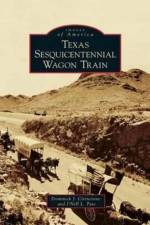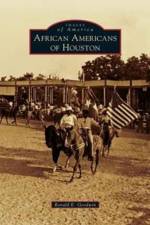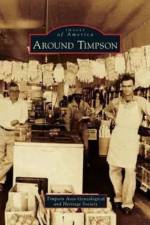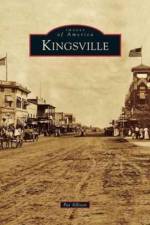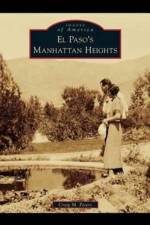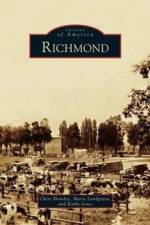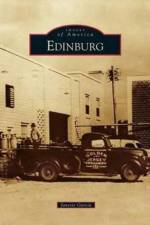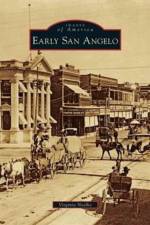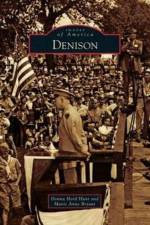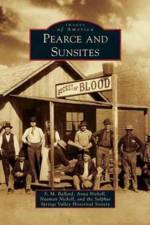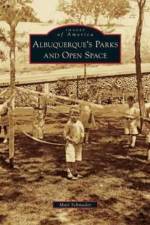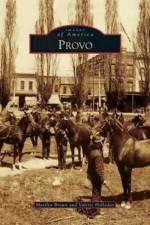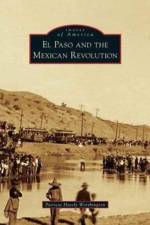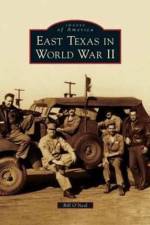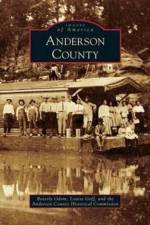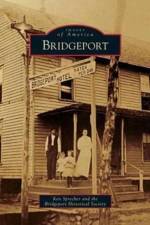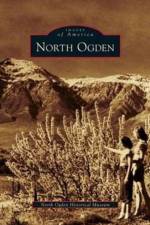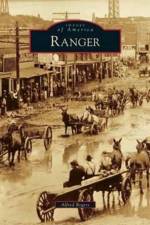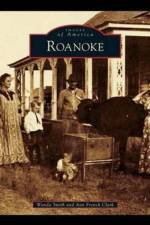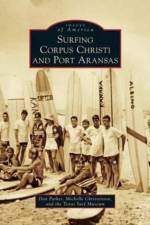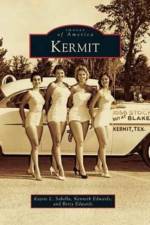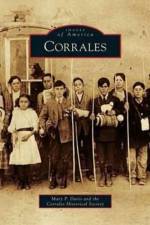von Bill O'Neal
30,00 €
Texas made a remarkable contribution to the American war effort during World War II . Almost 830,000 Texans, including 12,000 women, donned uniforms, and more than 23,000 Texas fighting men died for their country. America's most decorated soldier, Lt. Audie Murphy, and most decorated sailor, submarine commander Sam Dealey, both were Texans. Texas A&M, an all-male military college, placed 20,000 men in the armed forces, of which 14,000 were officers--more than any other school in the nation, including the U.S. Military Academy at West Point. Gen. Dwight D. Eisenhower, the supreme commander of Allied Forces in Europe, was born in Denison in northeast Texas. Adm. Chester Nimitz, commander in chief of the Pacific Fleet, was born and raised in Texas. Almost 1.5 million soldiers, sailors, and fliers trained at scores of Texas bases. Texas oil fueled the Allied war effort, while Texas shipyards and defense plants provided a flood of war machines and munitions during the war effort.


